A mysterious $250 million payment to memory maker Micron has fueled speculation that the company's new LPDDR4 DRAM could be making its way to future Apple products, potentially as soon as its next generation of iPhone, iPad and Mac models.
Independent analyst Matt Margolis noted the mystery payment to Micron on his blog this week, where he noted that Micron purchased memory maker Elpida last July for $2 billion. Apple has been an Elpida customer for some time, and utilized its LPDDR3 DRAM in the iPhone 5s, iPad Air and latest MacBook Air last year.
Most notably, one gigabyte of Elpida's DDR3 RAM is found in Apple's custom A7 processor, which powers the iPhone 5s, iPad Air, and iPad mini with Retina display.
The unnamed customer who prepaid for some $250 million in components from Micron has a deal that runs through September 2016. That led Margolis to speculate this week that the deal could be for new Apple products expected to be introduced in late 2014 and beyond.
In promoting its LPDDR4 DRAM technology, Micron has claimed that the new memory offers greater power efficiency, boasting 10 hours of active tablet time with an 1.5 Ah battery, and 8 hours use on a phone with 1.4 Ah battery. Performance is also said to be improved with two times the bandwidth.
Those improvements could be seen in future A-series chips from Apple, perhaps as soon as an anticipated "A8" processor this year in the next generation of iPhones and iPads. It's also possible that Micron's DDR4 RAM could offer performance boosts in upcoming refreshes to Apple's MacBook lineup.
Apple has a history of prepaying for components in bulk to secure a better deal. Most notably, the company was ahead of the curve in investing in flash memory as it ramped up production of the iPhone, iPad and new Macs built on speedy solid-state NAND flash.
 AppleInsider Staff
AppleInsider Staff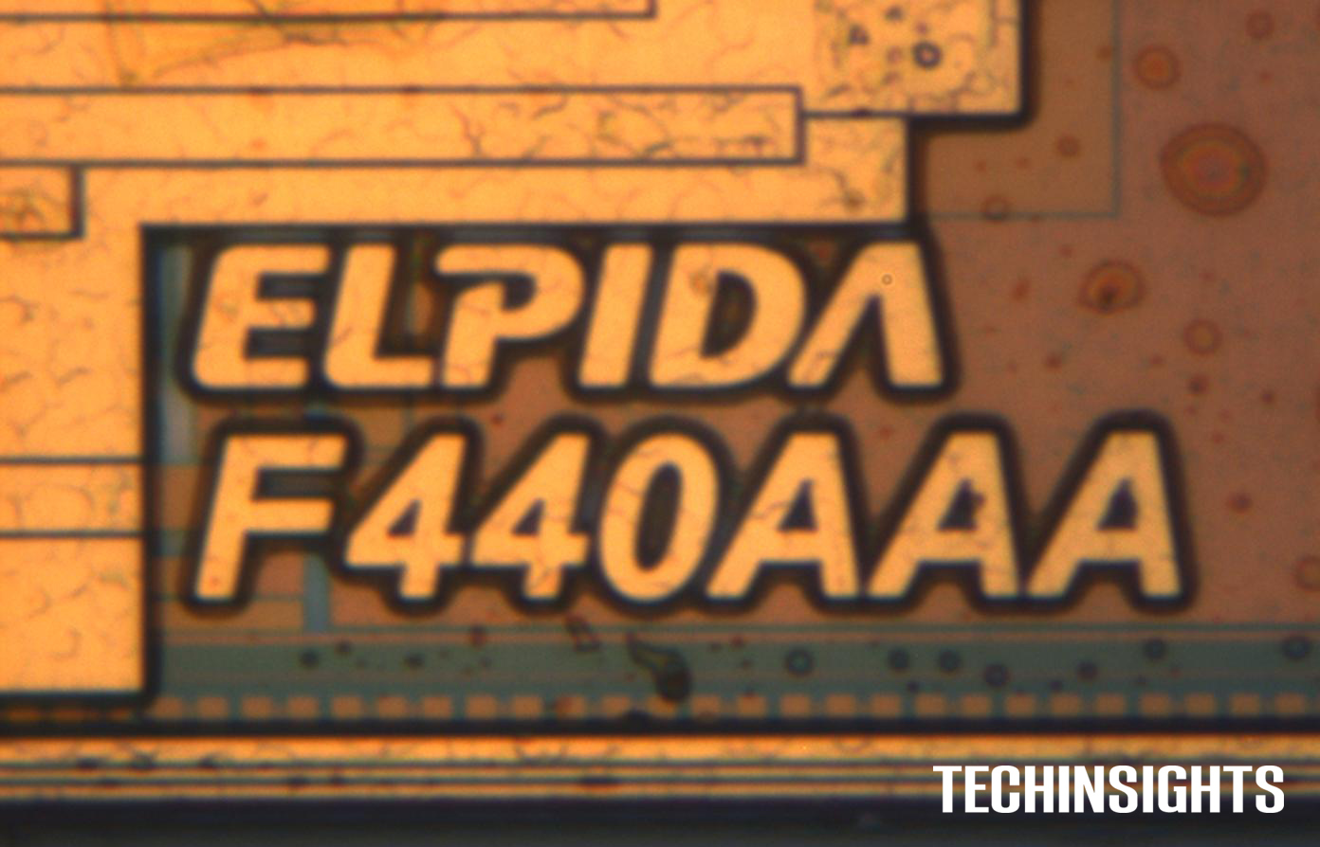







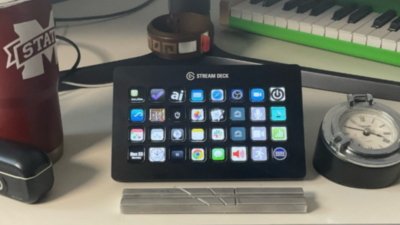
 William Gallagher
William Gallagher
 Amber Neely
Amber Neely
 Christine McKee
Christine McKee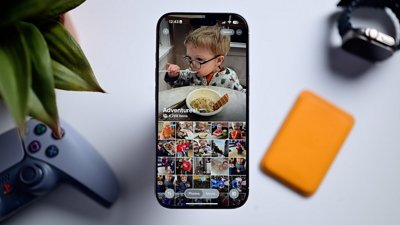
 Andrew O'Hara
Andrew O'Hara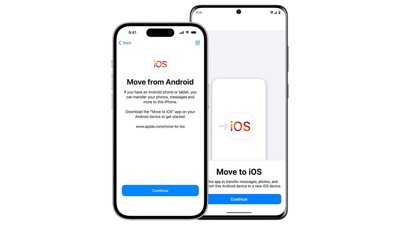

 Sponsored Content
Sponsored Content
 Charles Martin
Charles Martin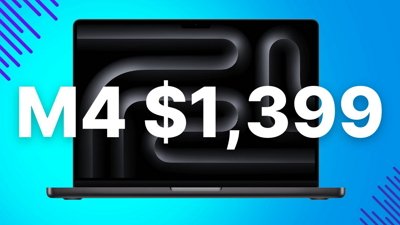

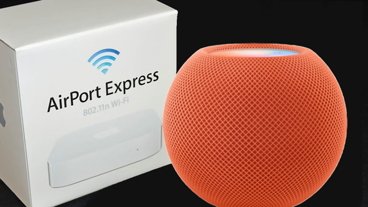







26 Comments
"It's also possible that Micron's DDR4 RAM could offer performance boosts in upcoming refreshes to Apple's MacBook lineup". Yeah, and HOPEFULLY in a NEW MAC MINI! C'mon, real ease it already!!!
It should be pointed out that Micron is not the only one making LPDDR4, in fact, the presentation that Mr. Margolis focuses on, though presented by a Micron employee, is just discussing the LPDDR4 standard in general (it is a JEDEC standard, which is the body that defines memory standards like DDR and LPDDR). There is nothing in the article that indicates that Micron has a 'special' LPDDR4, just that they (like the other memory vendors) will be producing LPDDR4. All of the "Other key benefits of Micron%u2019s LPDDR4" he mentions apply to everyone else's LPDDR4 because it is a standard. Apple does tend to buy in bulk and maybe they are buying LPDDR4 from Micron. What would be far more exciting is if the money to Micron (which may or may not be from Apple) were for some of their more advanced memory parts like the Hybrid Memory Cube (http://www.micron.com/products/hybrid-memory-cube).
"It's also possible that Micron's DDR4 RAM could offer performance boosts in upcoming refreshes to Apple's MacBook lineup". Yeah, and HOPEFULLY in a NEW MAC MINI! C'mon guys, release it already!!
"It's also possible that Micron's DDR4 RAM could offer performance boosts in upcoming refreshes to Apple's MacBook lineup".
Yeah, and HOPEFULLY in a NEW MAC MINI! C'mon guys, release it already!!
Wouldn't count on it. First Generation RAM tech tends to be equivalent to previous generation performance, the difference being that they want you to pony up that "new" premium. Give it 2 years at least after launch to start seeing the fabled performance increases.
Here's some items of interest from the link in the original article: [QUOTE]LPDDR4 DRAM Memory – Why it’s Awesome for Apple Gadget Lovers Micron highlighted their LPDDR4 DRAM memory technology presentation almost a year ago at a Mobile Forum. Some of the key targets of DRAM mobile power requirements include: Tablets – 10 hours active with a 11.5 Ah battery Phones – 8 hours active with a 1.4 Ah battery Phones are targeting 10+ days of standby Tablets in “connected standby” targeting 2+ weeks [B][I][COLOR=blue]Another issue plaguing the Mobile power efficiency is heat sink, “Heat spreaders are being used to move heat to the case, away from the memory/processor,” this would explain give another reason why Apple has pursued sapphire screens with GT Advanced Technologies for their ultra hard makeup and their ability to dissipate heat away from the processor.[/COLOR][/I][/B] Other key benefits of Micron’s LPDDR4 include: [B][I][COLOR=blue]Power Neutrality 2x Bandwidth Performance (performance improvement)[/COLOR][/I][/B] Low pin count (easy to connect) Low cost (margin preservation!) [/QUOTE] Depending on availability, I can see these be used in everything from an iPad, iPhone to an AppleTV -- don't know if it is the best solution for Macs. The next iPad and a new AppleTV could certainly benefit from more, faster RAM -- say, on an A7X or an A8 SoC package. As discussed in other threads, there is a possibility of using the sapphire Apple is making as a substrate for other chips -- specifically SoS (Silicon on Sapphire) a form of SoI (Silicon on Insulator) that offers superior [less] current leakage and [more] heat dissipation that'd standard silicon semiconductors.